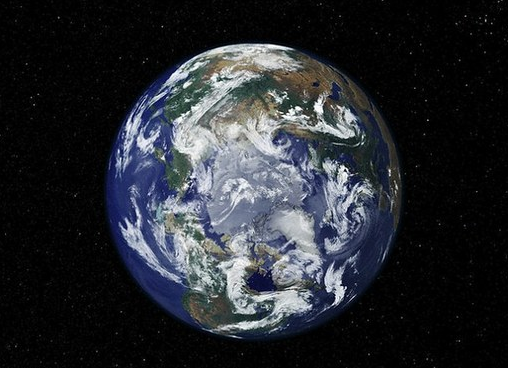Melting of glaciers near the Earth's poles and the resulting rise in sea level is slowing down the Earth's rotation, thereby increasing the length of our days, a new study suggests.
最新的研究称,地球两极附近的冰川融化以及由此引起的海平面上升,减缓了地球自转的速度,进而增加了一天的时长。
Scientists are studying past changes in sea level in order to make accurate future predictions of the consequence of climate change, and they are looking down to Earth's core to do so.
为了准确预测未来气候变化的结果,科学家正在研究过去海平面的变化,他们准备通过观察地核来进行这项研究。

"In order to understand the sea-level change that has occurred in the past century, we need to understand the dynamics of the flow in Earth's core," said Mathieu Dumberry, a professor in physics. The connection is through the change in the speed of Earth's rotation.
物理学教授马修·大木博瑞说:“为了弄清楚过去一个世纪海平面发生的变化,我们需要了解地核中的流动力学。”我们发现了地球自转速度的改变,它们之间存在关联。
Melting water from glaciers not only causes sea-level rise, but also shifts mass from the pole to the equator. The gravity pull from the Moon also contributes to the slow down. As a consequence, the length of our days is slowly increasing. In fact, a century from now, the length of a day will increase by 1.7 milliseconds, researchers said.
冰川融化不仅引起了海平面上升,而且把地球质量从极点转移到了赤道。来自月球的引力同样促成了地球自转速度的降低。因此,我们一天的长度正在逐渐变长。研究者称,事实上,一个世纪以后,一天的长度将增加1.7微秒。












